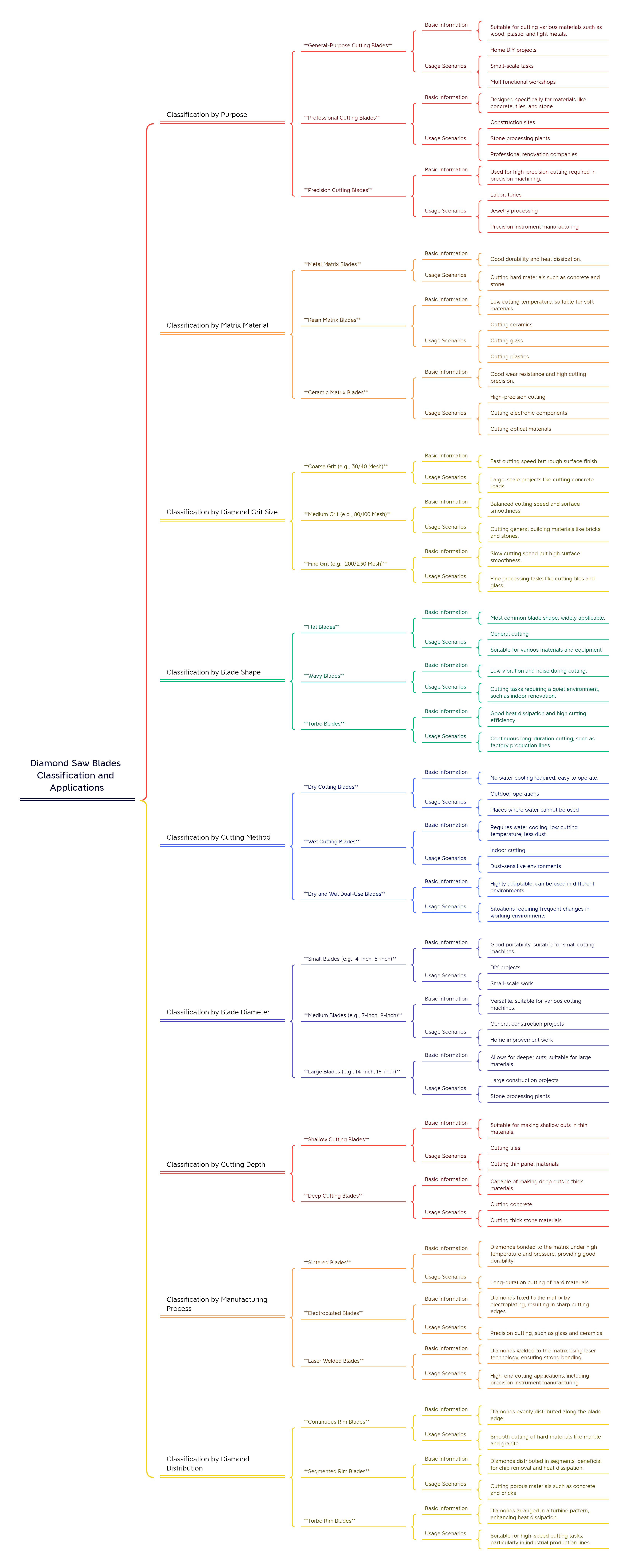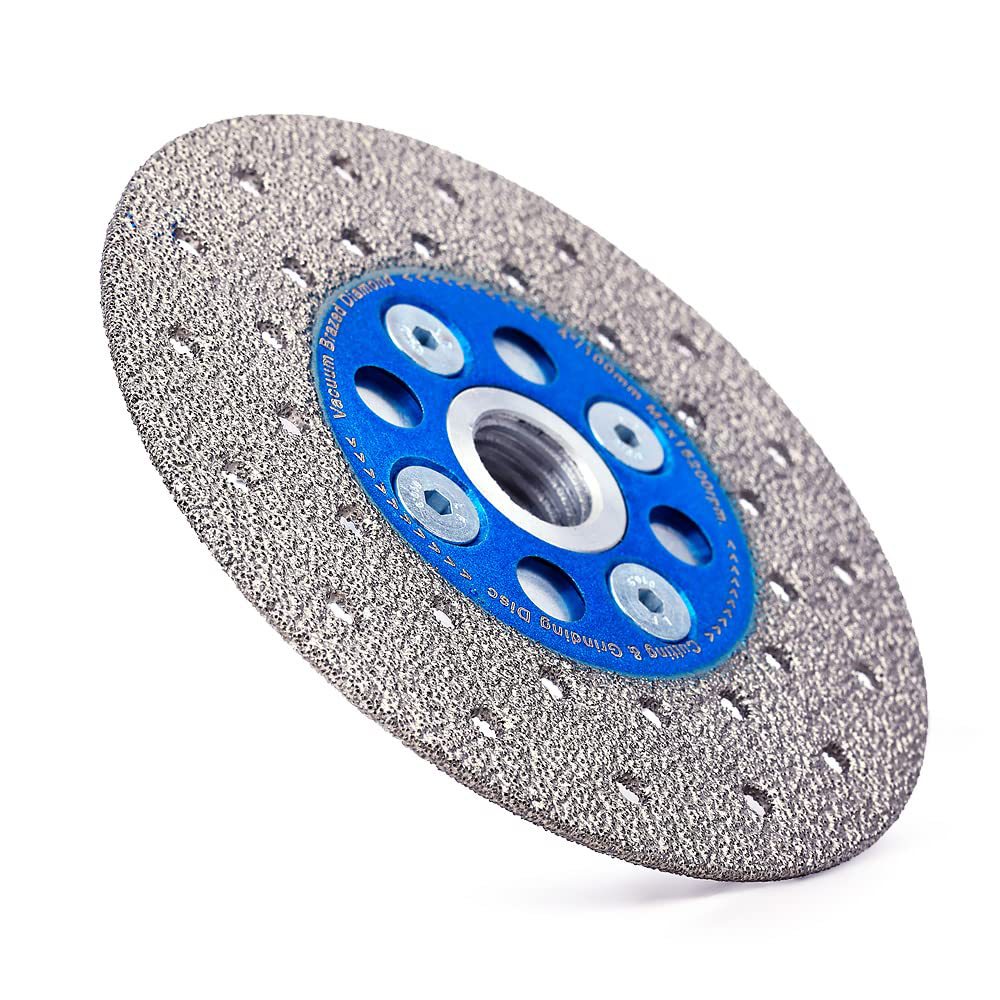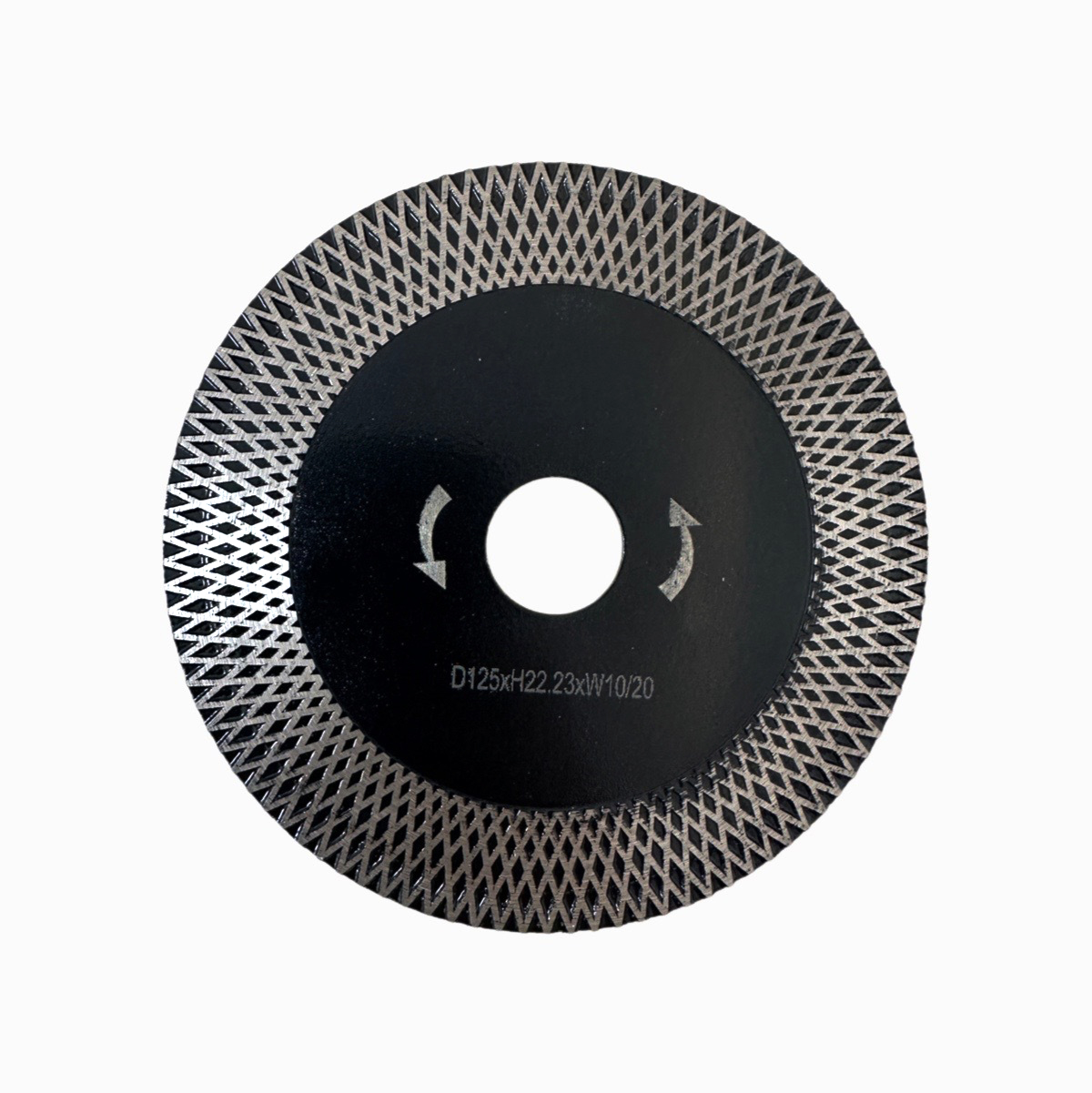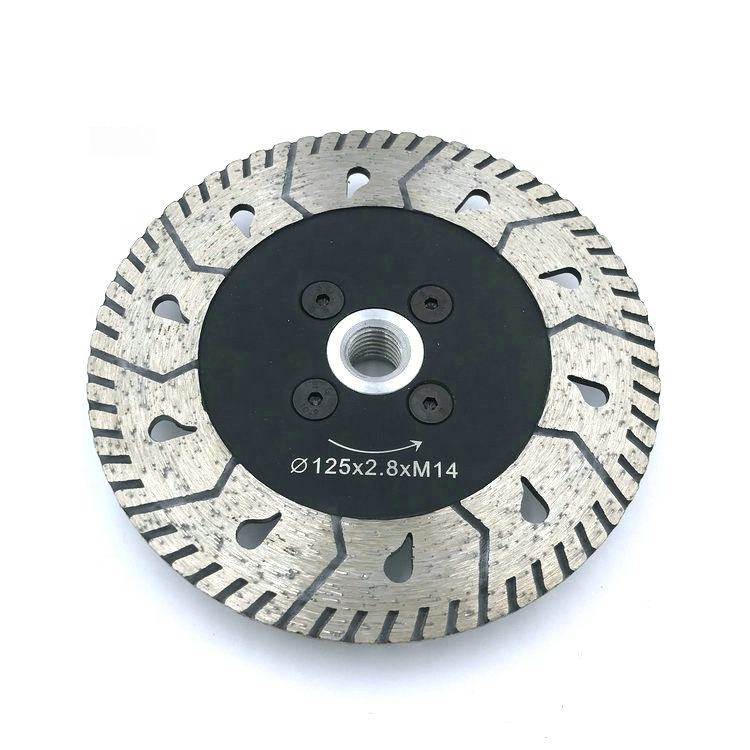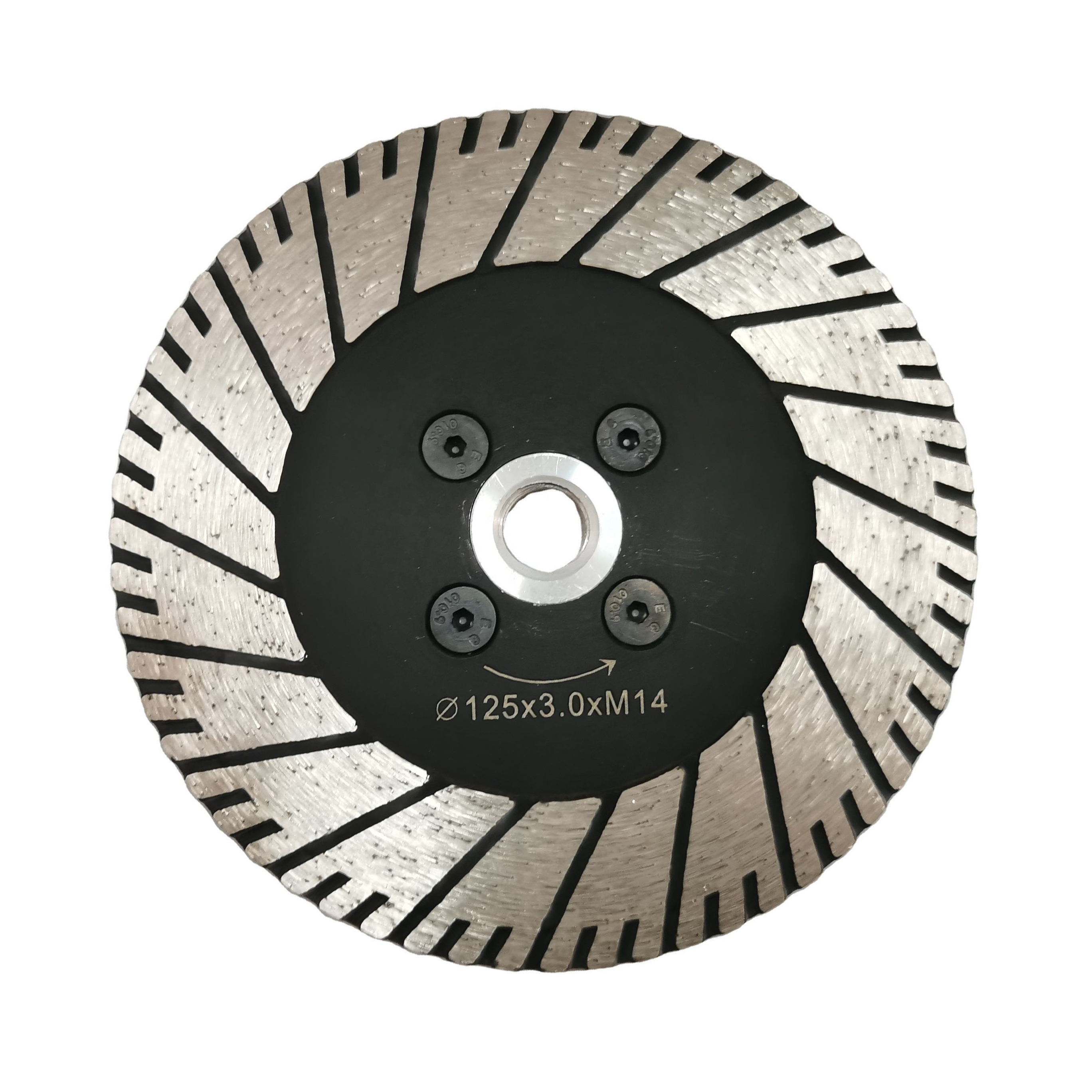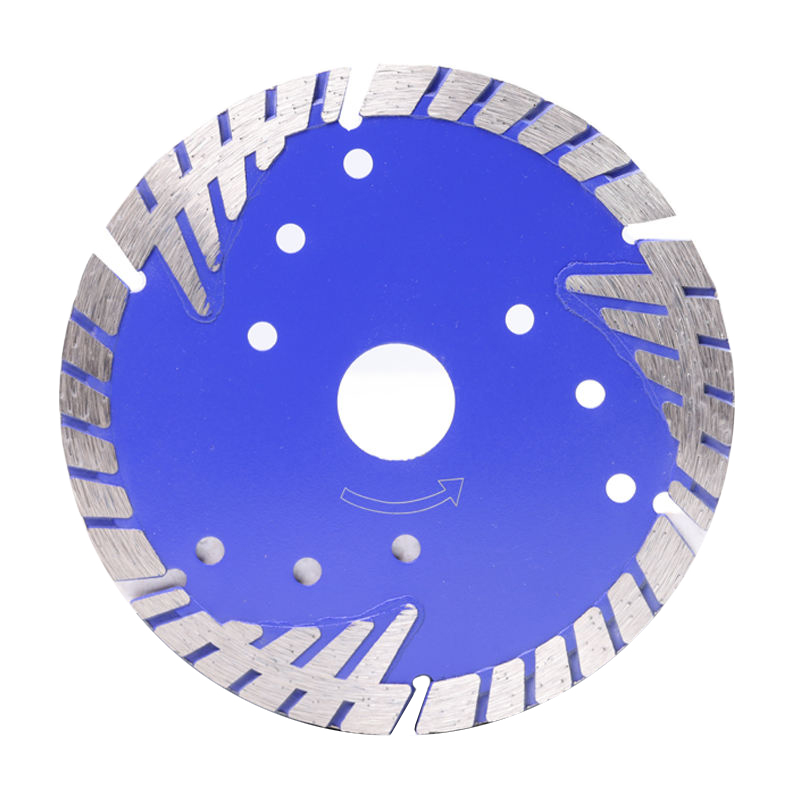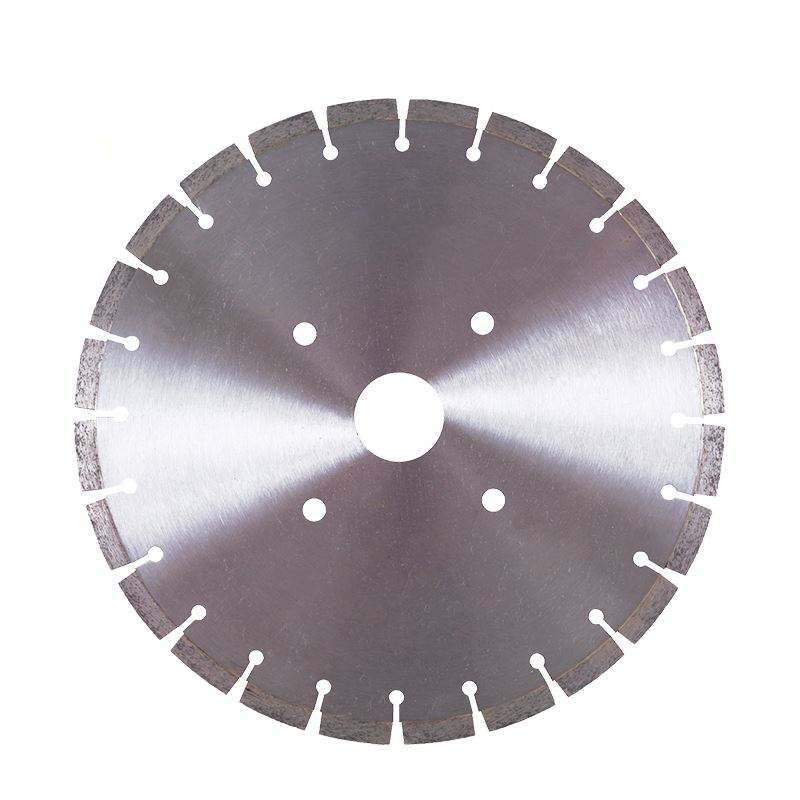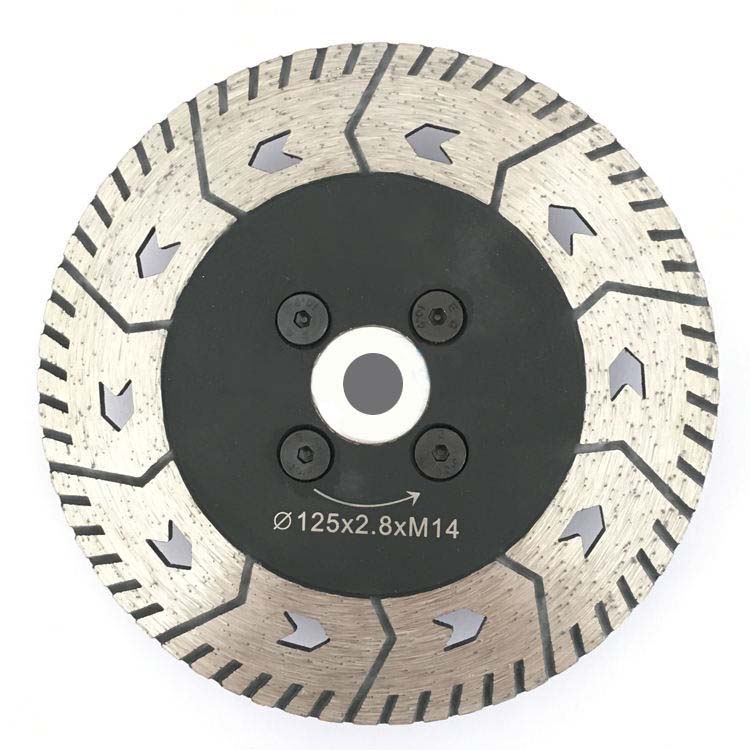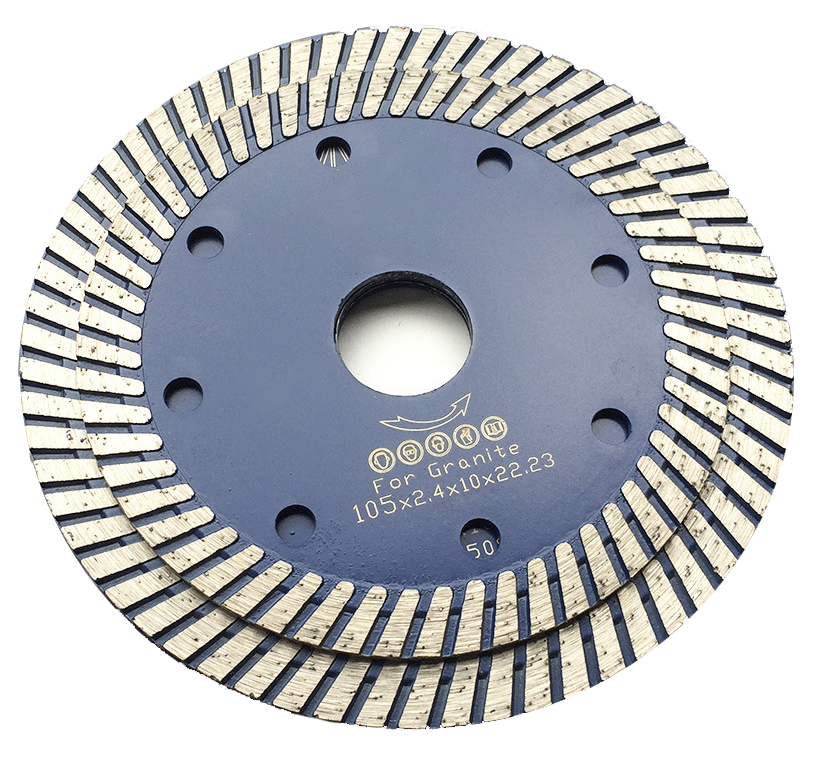Diamond saw blades are essential tools for cutting a variety of materials efficiently. They can be classified based on purpose, matrix material, diamond grit size, blade shape, cutting method, blade diameter, cutting depth, manufacturing process, and diamond distribution. Understanding these classifications helps users select the most suitable blade, enhancing cutting performance and quality.
Classification by Purpose
General-Purpose Cutting Blades
Basic Information: These blades are suitable for cutting various materials such as wood, plastic, and light metals.
Usage Scenarios: Ideal for home DIY projects, small-scale tasks, and multifunctional workshops.
Professional Cutting Blades
Basic Information: Designed specifically for materials like concrete, tiles, and stone, these blades offer higher durability and precision.
Usage Scenarios: Commonly used in construction sites, stone processing plants, and by professional renovation companies.
Precision Cutting Blades
Basic Information: These blades are used for high-precision cutting, typically required in precision machining and fine work.
Usage Scenarios: Suitable for laboratories, jewelry processing, and precision instrument manufacturing.
Classification by Matrix Material
Metal Matrix Blades
Basic Information: These blades offer good durability and heat dissipation, making them ideal for tough cutting tasks.
Usage Scenarios: Suitable for cutting hard materials such as concrete and stone.
Resin Matrix Blades
Basic Information: Characterized by low cutting temperature, these blades are well-suited for softer materials.
Usage Scenarios: Ideal for cutting ceramics, glass, and plastics.
Ceramic Matrix Blades
Basic Information: Known for their excellent wear resistance and high cutting precision.
Usage Scenarios: Used in high-precision cutting tasks, such as electronic components and optical materials.
Classification by Diamond Grit Size
Coarse Grit (e.g., 30/40 Mesh)
Basic Information: These blades cut quickly but leave a rough surface finish.
Usage Scenarios: Suitable for large-scale projects like cutting concrete roads.
Medium Grit (e.g., 80/100 Mesh)
Basic Information: Offers a balance between cutting speed and surface smoothness.
Usage Scenarios: Ideal for cutting general building materials like bricks and stones.
Fine Grit (e.g., 200/230 Mesh)
Basic Information: Provides a slower cutting speed but a very smooth surface finish.
Usage Scenarios: Best for fine processing tasks, such as cutting tiles and glass.
Classification by Blade Shape
Flat Blades
Basic Information: The most common blade shape, widely applicable for various tasks.
Usage Scenarios: General cutting applications, suitable for a wide range of materials and equipment.
Wavy Blades
Basic Information: Designed to reduce vibration and noise during cutting.
Usage Scenarios: Used in cutting tasks that require a quiet environment, such as indoor renovation.
Turbo Blades
Basic Information: Known for excellent heat dissipation and high cutting efficiency.
Usage Scenarios: Ideal for continuous, long-duration cutting tasks, such as those on factory production lines.
Classification by Cutting Method
Dry Cutting Blades
Basic Information: No water cooling required, easy to operate.
Usage Scenarios: Suitable for outdoor operations or areas where water cannot be used.
Wet Cutting Blades
Basic Information: Requires water cooling, which lowers the cutting temperature and reduces dust.
Usage Scenarios: Preferred for indoor cutting or environments sensitive to dust.
Dry and Wet Dual-Use Blades
Basic Information: Highly adaptable, usable in different environments.
Usage Scenarios: Ideal for situations requiring frequent changes in the working environment.
Classification by Blade Diameter
Small Blades (e.g., 4-inch, 5-inch)
Basic Information: Portable and suitable for small cutting machines.
Usage Scenarios: Perfect for DIY projects and small-scale work.
Medium Blades (e.g., 7-inch, 9-inch)
Basic Information: Versatile and suitable for various cutting machines.
Usage Scenarios: Commonly used in general construction projects and home improvement work.
Large Blades (e.g., 14-inch, 16-inch)
Basic Information: Allows for deeper cuts, suitable for large materials.
Usage Scenarios: Essential for large construction projects and stone processing plants.
Classification by Cutting Depth
Shallow Cutting Blades
Basic Information: Suitable for making shallow cuts in thin materials.
Usage Scenarios: Used for cutting tiles and thin panel materials.
Deep Cutting Blades
Basic Information: Capable of making deep cuts in thick materials.
Usage Scenarios: Ideal for cutting concrete and thick stone materials.
Classification by Manufacturing Process
Sintered Blades
Basic Information: Diamonds are bonded to the matrix under high temperature and pressure, providing good durability.
Usage Scenarios: Suitable for long-duration cutting of hard materials.
Electroplated Blades
Basic Information: Diamonds are fixed to the matrix by electroplating, resulting in sharp cutting edges.
Usage Scenarios: Used for precision cutting, such as glass and ceramics.
Laser Welded Blades
Basic Information: Diamonds are welded to the matrix using laser technology, ensuring h2 bonding.
Usage Scenarios: Ideal for high-end cutting applications, including precision instrument manufacturing.
Classification by Diamond Distribution
Continuous Rim Blades
Basic Information: Diamonds are evenly distributed along the blade edge, ensuring smooth cuts.
Usage Scenarios: Suitable for cutting hard materials like marble and granite.
Segmented Rim Blades
Basic Information: Diamonds are distributed in segments, which aids in chip removal and heat dissipation.
Usage Scenarios: Ideal for cutting porous materials such as concrete and bricks.
Turbo Rim Blades
Basic Information: Diamonds are arranged in a turbine pattern, enhancing heat dissipation.
Usage Scenarios: Suitable for high-speed cutting tasks, particularly in industrial production lines.
By understanding the various classifications and their respective applications, users can make informed decisions when selecting diamond saw blades, ensuring optimal performance and efficiency for their specific cutting needs.
